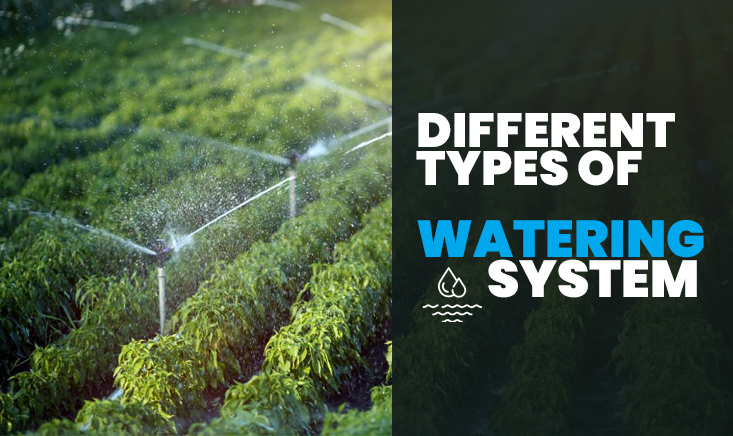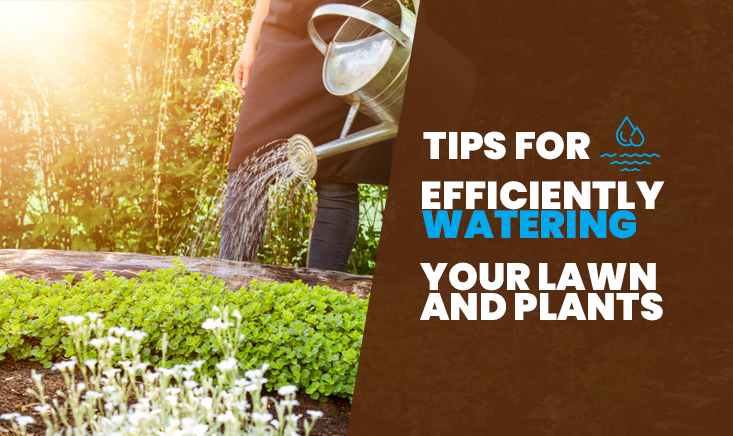Any homeowner will tell you that gardens are as different as their gardeners. That’s why one type of garden sprinkler system will not be a good fit for every garden. For your garden to thrive, it is important to pick the right kind.
Here, we explore your options and how they are best used.
Questions to Ask Before Hiring a Garden or Lawn Sprinkler Service
One of the biggest challenges of gardening is efficient watering. It is important to get the right amount of water to your plants and grass and to use water economically. To pick a water system that will save water yet keep your plants thriving, ask yourself these questions:
● What kind of water requirements do your plants have? Knowing this will help you pick the right sprinkler system for your lawn or garden.
● What is the climate like? A hot and arid climate will mean you need to water your plants more frequently than a colder one.
● How much rain do you get? More rain means less watering and vice versa.
● Is the garden/lawn in sunlight or shade? The parts of your garden in sunlight will need more water than those in shade.
● Is your garden sloped? If so then there will be water running off the terrain, so you will need more.
How to Understand Different Types of Watering Systems

Before you pick a lawn or garden irrigation system, talk to your garden sprinkler system installation company in Toronto to understand their functions. Here is a brief guide to different irrigation systems.
1. Soaker Hoses
These look a lot like thick black garden hoses except they have a porous outer membrane that oozes water. This type of water system avoids evaporation but making the thick hose stay flat against the ground can be difficult. You can use U-shaped pins and a layer of mulch to pin them down.
2. Drip Irrigation
Drip irrigation is one of the most water-efficient systems. It has a slim tube with emitters attached to it. The emitters are placed close to the plants while the tube is arranged through the garden. This type of garden sprinkler system installation is popular because it gets the water where it is needed without losing a lot to evaporation. It is good for your lawn, garden plots, and container gardens but not for turf areas.
3. Sprinkler Irrigation
Also known as spray irrigation, this method supplies water to plants in a controlled manner that is very similar to rainfall. Sprinklers spray the water into the air; it then breaks into smaller drops and falls to the ground like rain. Sprinkler irrigation systems use a network of sprinklers, valves, pipes, and pumps.
4. Hand Watering
This traditional method of watering plants requires a lot of effort. Use a hose on slow drip and leave it at the base of the plants for 10-15 minutes while you prune them. But this method only works if you have enough time to dedicate to watering your garden and lawn.
Tips for Efficiently Watering Your Lawn and Plants

● The best time to water plants is in the early morning. This gives them time to absorb water before the sun’s heat becomes a factor.
● Closely water new plants to make sure their roots get water. Light sprinkling 10 feet away won’t work. Water the root zone so that the roots grow outward; this makes your plant stronger. After 2-3 weeks, you can water the broader area around the plant. When the roots of a plant develop, they absorb every drop of water because of its increased efficiency.
● Water the plant beds every other day if the planter bed is exposed to sun.
● Don’t water your lawn for more than 10 minutes and set the irrigation timer to 5-10 minutes.
● If the weather is hot, water your plants and grass frequently.
To make your plants flourish, you have to understand their watering needs and pick the best watering system. This will help you save water and money on your water bill, with the result being a breathtaking garden or lawn with little effort. Talk to your irrigation company about what type of system is best for your garden and ask for a free estimate to understand the expenses for purchasing and installing it.

